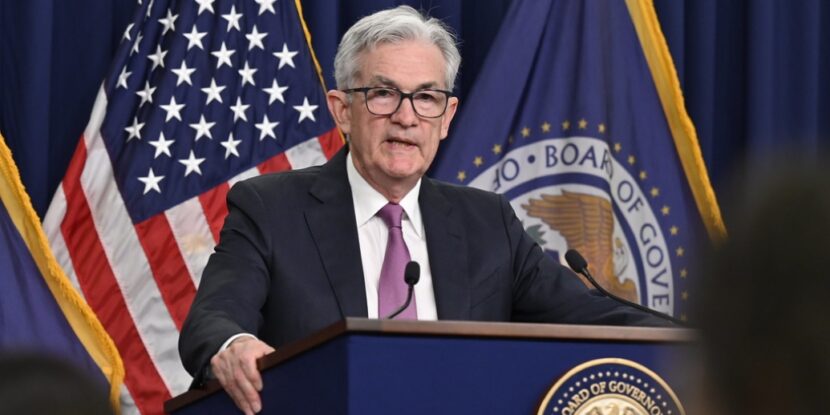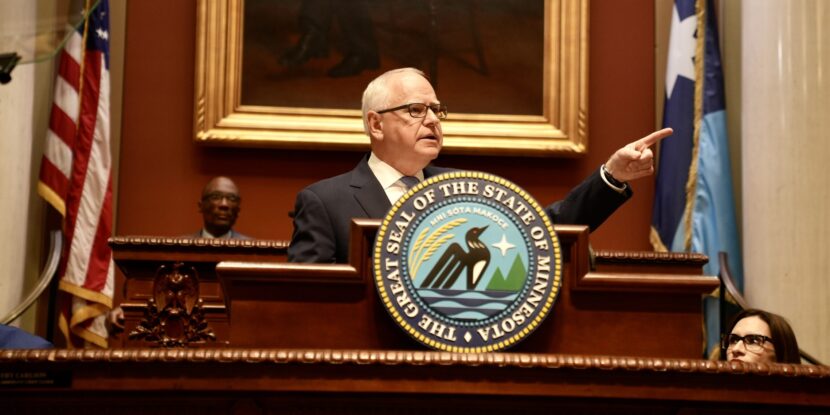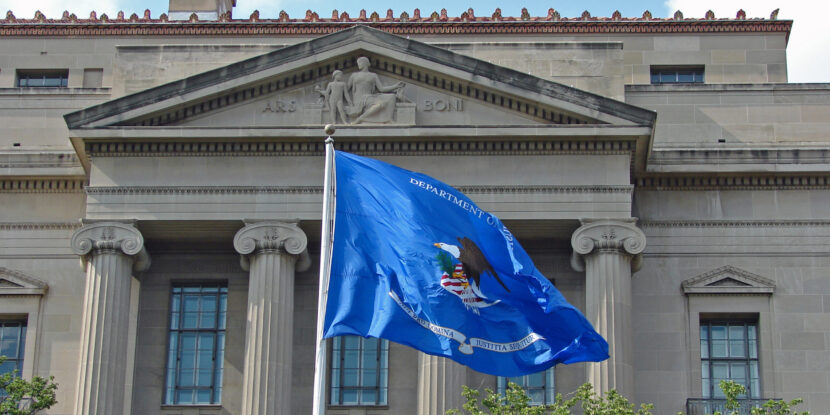The Federal Reserve is announcing a 50 basis point (bps) cut to its effective funds rate, which will lower interest rates in the United States. At the moment, internet rates sit between 5.25 and 5.50 percent. Rates were last cut in March 2020 before rapidly increasing as rampant price inflation took hold under the Biden-Harris government.
It should be noted that past 50 bps cuts by the central bank have often signaled a looming recession. Concerningly, an anonymous vote of the Federal Reserve’s Federal Open Market Committee (FOMC) suggests the central bank will cut rates by an additional 50 bps before the end of the year. This is the largest rate cut in 16 years.
Currently, the Federal Funds Effective Rate—which predominately determines U.S. interest rates—sits at 5.33 percent. While the Federal Reserve has insisted interest rates would not be reduced until it could reach its 2 percent inflation target, the central bank appears to be spooked by serious concerns of weakness in the U.S. job market—prompting the premature cut.
The National Pulse reported last month that the Biden-Harris government’s Bureau of Labor Statistics revised U.S. employment growth over the past year downwards by nearly one million jobs. Following the massive revision, Federal Reserve Chairman Jerome Powell signaled the central bank would shift towards rate cuts while speaking at the Jackson Hole Economic Symposium in late August.
While markets typically strengthen in the lead-up to a Federal Reserve rate cut, weaker-than-expected earnings among technology companies and other factors have seen significant volatility in the Dow Jones Industrial Average, Nasdaq, and S&P 500 over the past month. Markets typically respond negatively in the immediate aftermath of a rate cut, with the move often seen as signaling weakening economic conditions.




















